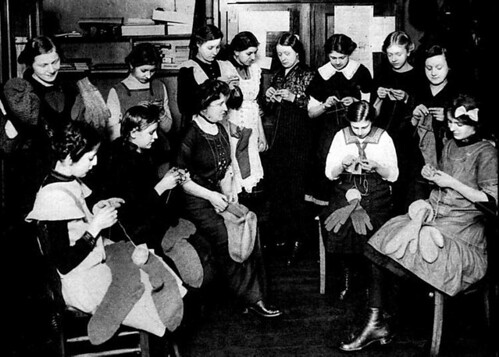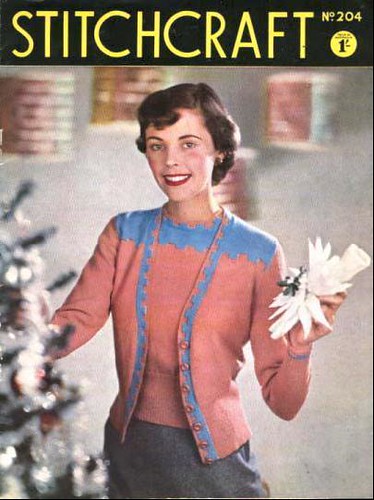History of Knitting
Hello everyone,
Here is a pretty cool exerpt from the "Beginning Knitters Guide" It shines some interesting light on the history of knitting I thought you might like to know.
Brad
History of Knitting
Knitting has a long history, but no one is really sure where it came from. The oldest knitted piece is the sock, as archaeological evidence has found socks and stockings that seem to have been put together in a similar manner to what we now know as knitting. In fact, the technique was known as “Nalebinding” which involved using thread to make multiple loops or knots. Through this needlework a fabric was formed. The first historical account of what we knot today as knitting was in 14th century Europe. In those days there was no purl stitch, so they would have to knit in the round and cut open the piece.
The purl stitch was not discovered until the mid-16th century. As you will see when you learn the purl stitch, it is a good thing we are alive today. By the mid-16th century knitting really caught on. Many people began knitting with fine wool and exporting the goods. Knitting schools even popped up in the Netherlands, Spainand Germany. The fashion of the time dictated the knitting of stockings, mainly for men.
Yet Queen Elizabeth I required that silk stockings be knitted for her. And if you giggled at the idea of men knitting, as mentioned in the introduction, then know that knitting was originally a male occupation. Knitting really caught on, though. Throughout the 17th and 18th centuries Scottish families would knit sweaters, socks, and stockings. Patterns were created by these people, and those patterns became known as Fair Isle techniques. (We will be going over Fair Isle techniques in a later chapter.) By the industrial revolution,
knitting was brought into the factory. Wool, which was once spun by hand, was now spun in
the factory. The factory spun wool was more uniform and made gauging much easier.
In World War II, the British wartime government produced booklets to encourage people to
re-use the wool from unwearable woolen items. The Army and Navy encouraged people to knit gloves and balaclavas for soldiers.
Then in the 1950’s and 1960’s, knitting became “in.” Yarn was distributed in a
variety of colors and styles that the world had never known before. The twinset became a popular fashion statement, and people began knitting the short-sleeved top with a cardigan.
Knitting was even taught to girls in schools.
Yet by the 1980’s knitting’s popularity declined greatly. The baby-boomers no longer saw knitting as anything but oldfashioned. Factories created knitted items that were cheaper, and people could get them instantly rather than waiting for them to come to fruition. Still, knitting was not about to go away. Knitting is more than just wearing a sweater or making socks. It is an art and a craft, and it is seeing a renaissance. New novelty yarns and a renewed interest in natural-fiber yarns has peaked the interest of a younger generation. Add in a slight renewed interest with the pop culture phenomenon of Vogue, which creates patterns for fashion-forward items, and knitting is seeing new popularity. Celebrities are lining up to join the knitting bandwagon. Knitting groups are popping up all around the country.
The knitting craze has even hit the internet. There are knitting blogs and internet groups.
You can find patterns and articles on knitting as soon as you type “knitting” into your
favorite search engine.
Stephanie Pearl-McPhee, also known as the yarn harlot, even started the 2006 Knitting
Olympics. Each entrant was to start and finish a project during the 2006 Winter
Olympics. As long as a person finished their project, they were a gold medal winner,
obtaining a gold medal button for their blog or website. Whether you think it sounds
crazy or wish you could have participated, over 4,000 knitters became “knathletes.”
Have fun and Happy Knitting!
Brad



0 Comments:
Post a Comment
<< Home